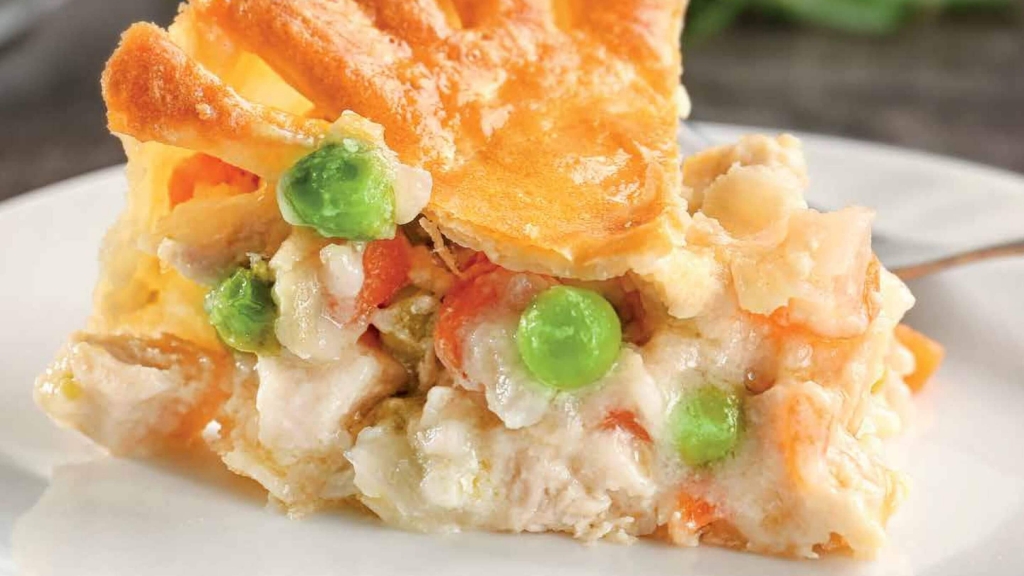A family reunion is a great way to celebrate traditions, make memories and bring family members together. It can be a daunting task to organize a family reunion, but a plan and some creative ideas will help you create an event everyone will remember. This is a guide on how to plan a memorable reunion.
1. Establish a Vision and Purpose for the Reunion.
Decide on the style and purpose of your reunion before you start planning the logistics. Are you celebrating a special occasion like an anniversary? Perhaps it’s just a gathering to relax and reconnect. You can make better decisions about the location, the activities and the tone of the event if you know the purpose. Consider the size of the event. Will it be a small family gathering or a large one?
Tip: Include family members when brainstorming ideas for the reunion, especially if it has a special theme or reason to come together.
2. Select the Date and Location Early.
It is important to choose the date and place early. To accommodate the different schedules of large families, choose a date at least several months in advance. The summer is a very popular time of year because it’s a great season for vacations and the weather is warm. Consider whether it is better to choose a central location (to minimize travel) or a location that’s near the destination.
Venue Options:
- Parks: Have plenty of space and picnic areas. They also often have playgrounds.
- Lakeside or Beach: Perfect for summer family fun and activities.
- Rentals: Large houses or cabins can accommodate several families for an intimate setting.
- Halls and Community Centers: Ideal indoor facilities for larger groups.
Tip: To get family members to participate, send out a survey or email with several options for dates and locations.
3. Delegate costs and set a budget.
Early budgeting will help you manage expectations and costs. Decide what is essential (venues, food, and supplies) and how you can cut costs. Consider asking family members to help offset the costs. Simple, transparent budget plans shared with guests can help prevent misunderstandings.
Cost-Saving Tips:
- Consider a potluck meal, where each person brings a dish and everyone shares it.
- Send digital invites instead of paper ones.
- Keep your decorations simple, and if you can, make them yourself.
Tip: Create an “event fund” so that family members can contribute to it regularly.
4. Plan Food and Drinks.
Plan ahead for your family get-together. Choose options that are simple to prepare, transport and serve. For large gatherings, a BBQ, a salad or sandwich bar, or plated meals are popular choices. To ensure variety, if a potluck is appealing, make sure to assign different types (appetizers and main dishes), sides and desserts.
Tip: If you have family with dietary restrictions, offer vegetarian, vegan and gluten-free alternatives.
5. Organise Activities for All Ages.
Plan activities to include all ages and interest levels. It’s easy and fun to organize outdoor games such as frisbee, sack races, volleyball and a game of volleyball. You can have an arts and craft table for the younger kids, or a talent show and trivia game for everyone.
Fun Activities Ideas:
- Family Trivia Prepare questions about your family’s history, funny stories or shared memories.
- Scavenger hunt: Organise a search around a park or venue with clues relating to family history and fun facts.
- Talent show: Encourage all family members to display their talents in an informal, fun setting.
Tip: Create a schedule board that keeps everyone up to date on planned events, while still allowing for spontaneity.
6. Capture your Memories.
Plan to create memories at your family reunion. You can either designate a photographer for the family or ask a few members to volunteer. Organise a photo of everyone in attendance and set up a “memory board” that includes old family pictures.
Tip: Create a photo sharing folder or online gallery after the event to allow everyone to contribute photos and download them. Simple albums on Google Photos and Dropbox work well.
7. Incorporate Family History.
The family reunion is a great way to discover your shared history. Ask your older family members to tell stories or bring old photos, letters or heirlooms. Consider creating a family history table with meaningful items or a tree where everyone can add to.
Tip: Add to your family tree or album of family history each year.
8. Keep communication simple and open.
To ensure a smooth reunion make sure everyone is informed of plans, times and locations. This is where digital tools such as group chats, email threads or Facebook groups come in handy. Use these channels to share updates, schedules and answer questions in the lead-up to an event.
Tip: To simplify communication, designate a primary point of contact for each branch.
9. Make Keepsakes to Remember the Reunion.
Give everyone something to remember your reunion. Affordable options include family photo magnets or a family recipe book. Keepsakes are a great way to add a personal touch to an event. They also make lasting memories.
Tip: Create a group project where everyone is involved in making or decorating the keepsakes. For example, tie-dyeing shirts can be a great group project.
10. Follow up and keep the tradition going.
Send a group message or thank-you letter to everyone after the reunion. Ask for feedback about what went well and what can be improved. Share digital albums of photos and video. It is easier to plan future reunions when you have a tradition. Everyone can look forward.
Tip: Start talking about next year’s reunion as soon as possible after the event, while memories are still fresh!
With these steps, you’ll be well on your way to planning a memorable family reunion that everyone will enjoy. By staying organized, planning activities, and keeping things flexible and affordable, you can create a joyful, meaningful event that brings everyone together. Enjoy the special time with family and the memories you’ll all cherish for years to come!



